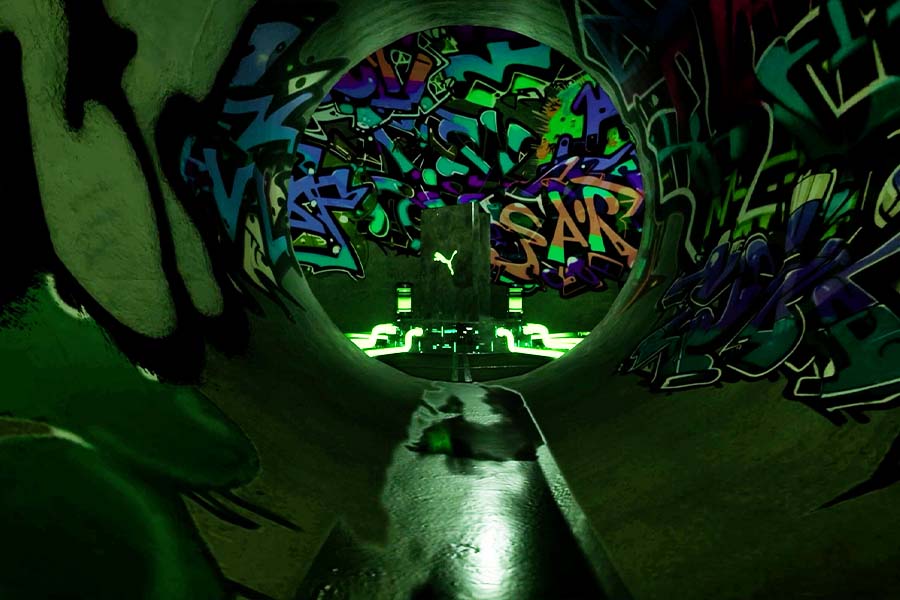At The WXO, we want to connect the dots across the Experience Economy and across the globe – so each week, we’ll be bringing you our round-up of the experiential stories that we think reveal something interesting, relevant or transferrable about the Experience Economy.
Welcome to the latest Experience Radar, where we’re chowing down at the new Netflix restaurant, learning how to measure joy through precision medicine, and sipping mezcal with Bryan Cranston at a Marriott hotel.
1. Netflix Opens Its Own Restaurant
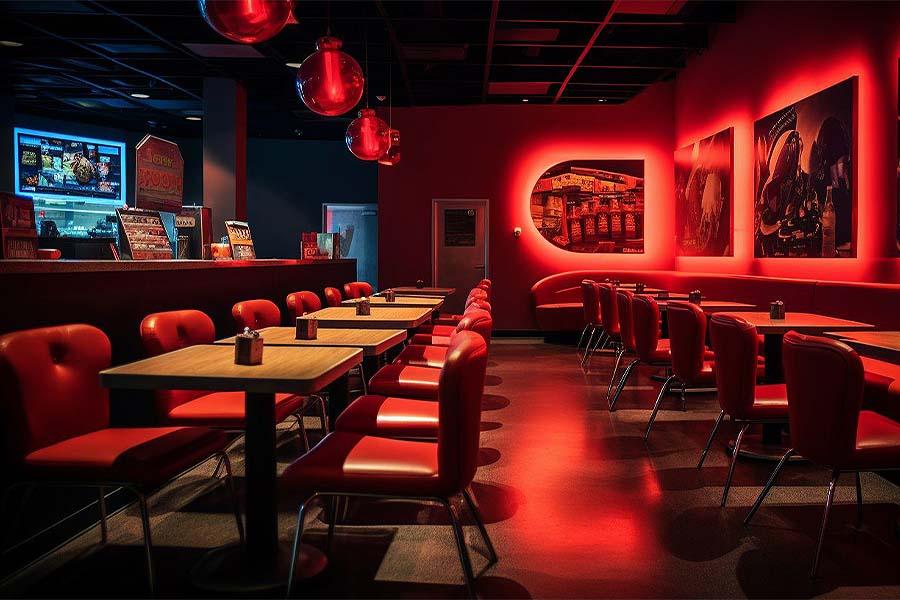
Keen to give its fans the full 360-degree experience, streaming service Netflix is opening its first pop-up restaurant – Netflix Bites – in Los Angeles, which will host chefs from some of the platform’s most popular cookery programmes, including Curtis Stone from Iron Chef, Dominique Crenn and Ann Kim from Chef’s Table, Nadiya Hussain from Nadiya Bakes and Jacques Torres from Nailed It! As reported by The Drinks Business, the quirky concept, which is running with the tagline: “Watching is good. Eating is better”, launches at the Short Stories Hotel on 30 June for a limited run of brunch and dinner services.
“Bringing my love of food to people across the world is one of the biggest thrills of my life but this screen-to-table experience of giving fans a taste of what happens on camera is awesome,” said Stone, whose Beverly Hills restaurant Maude has a Michelin star. To accompany the food, mixologists from Drink Masters, including Frankie Solarik and Kate Gerwin, have developed a selection of bespoke cocktails. “From episode to entrée, with Netflix Bites we’re creating an in-person experience where fans can immerse themselves in their favourite food shows,” said Josh Simon, VP of consumer products for Netflix.
2. Measuring Joy In Precision Medicine

While the quest to capture and measure happiness is nothing new, scientists are taking the concept to new heights in the field of precision medicine, looking at how happiness is a fundamental driver of mental and physical health. As reported by Forbes, happiness psychology has exploded in popularity recently, with over three million people having taken Yale’s online course on the science of wellbeing, while treatments including psychedelic medicines to alleviate psychological distress from anxiety disorders are on the rise.
Now, medics are seeking ways to objectively measure changes in happiness over the long term. Gaining a more holistic picture of a person requires a host of specialised tools that include lab tests, brain scans, memory tests and sleep trackers all working together to give patients and clinicians more clarity into our lived experience. “When anxiety was at its highest during the pandemic, we worked with a cross-disciplinary team to figure out ways to prevent burnout among healthcare workers. It came down to finding those brief moments to foster joy, positivity and self-reflection throughout the day,” Matthew Ryan of HumanFirst told Forbes.
Biotech company MapLight is currently exploring how electrical signals are responsible for core behaviours, including what drives social interaction and what modulates people’s ability to engage and communicate. “In order to develop better treatments that include joy, it’s important to have a way to measure it. Then we’ll be better able to apply specific spiritual components of treatment according to what the patient needs,” says Rick Strassman, associate professor of psychiatry at the University of New Mexico School of Medicine.
3. Puma Expands Its Web3 Presence
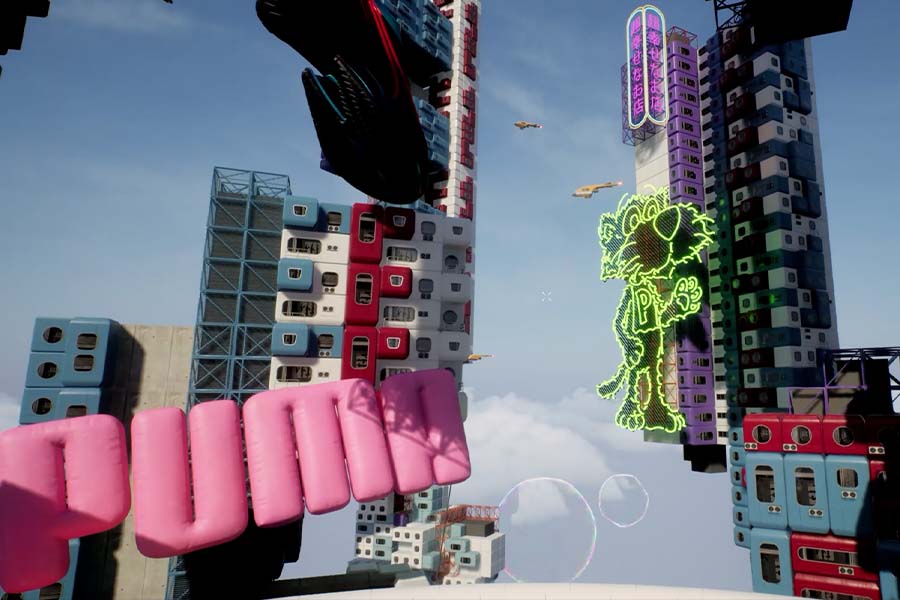
Sport giant Puma has expanded its metaverse presence with the launch of its second digital world and shopping experience – Black Station 2. As reported by Glossy, the launch builds on the unveiling of Black Station 1 last September. The goal is to make the digital shopping experience more immersive, bringing it more in line with Puma’s physical retail experience, which includes an F1 simulator at its flagship store on New York’s Fifth Avenue. Created in collaboration with game developer Unreal Engine, Black Station 2 features two new digital worlds – Unkai and Unter – with sneakers tied to each.
In Unkai, users float between Lego-like blocks in the sky featuring giant Puma sneakers, while Unter sees users go underground into a red-lit cave where they can follow neon green footsteps to a Puma rave room. “We want to target a broader audience and let anyone come in, experience it and play with it. We’ll iterate from there and continue to broaden our approach,” Ivan Dashkov, head of emerging marketing tech at Puma, told Glossy. “The two spaces are fun because they’re so different. There are also a couple of Easter eggs we’ve hidden in the space related to our NFT project, Super Puma PFP.”
4. Mariott Uses Experiences To Boost Loyalty
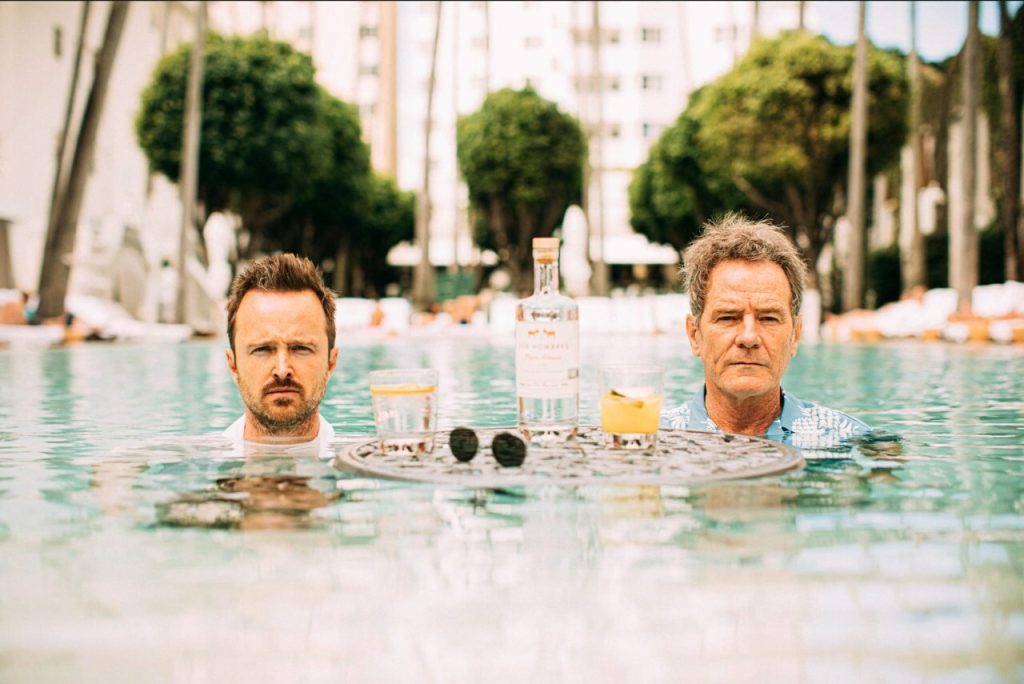
Hotel group Marriott Bonvoy is hoping to boost customer engagement through one-off, money-can’t-buy experiences that can be enjoyed with loyalty points. As reported by Skift, instead of earning points towards free stays, the group is offering its members the chance to sip mezcal with Breaking Bad stars Bryan Cranston and Aaron Paul, who own mezcal brand Dos Hombres, or help uncover true-crime mysteries with Ashley Flowers and Brit Prawat, hosts of the hit podcast Crime Junkie. Marriott is packaging these as ‘One Point Moment’ experiences, which can be earned with as little as one point.
Peggy Roe, chief customer officer for Marriott, has been studying the concept of loyalty and has found that you create loyalty through a feeling and human connections rather than via points-driven incentives. “Loyalty comes because of how we make customers feel, and that’s core to hospitality. But there’s this kind of disconnect between that and creating loyalty programmes,” Roe told Skift. The scheme is clever as it taps into ways to engender loyalty through memory making and grow member loyalty through shared experiences.
5. WOTW Immersive Experience Gets A Reboot
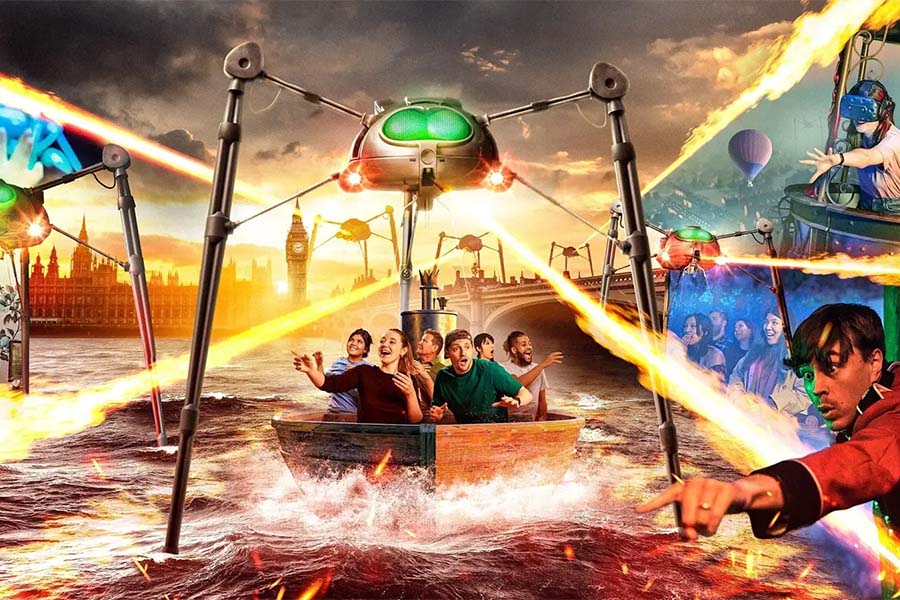
Jeff Wayne’s multi-award-winning immersive experience of his musical version of The War of The Worlds – one of the experiences on our recent London Experience Safari and the location of our Summit closing party – will be relocating to a bigger location in London and making use of the latest cutting-edge tech. As reported by West End Best Friend, the current production blends immersive theatre with projection mapping, surround sound, virtual reality sequences and 5D effects set to Wayne’s iconic score. Bigger, bolder and more ambitious, the new production will allow visitors to interact with familiar characters from the musical in a number of scenarios, including escaping London on a boat down the Thames while trying to survive Martian invaders, followed by a balloon journey to Mars.
The current WOTW experience has grossed over £8m to date and will remain at its existing location until December 2023 as work continues on the new production. “Since we launched in 2019, London has seen so many new diverse and high-quality immersive experiences, whether theatrical gems such as Peaky Blinders, Secret Cinema, or Punchdrunk productions, plus art exhibitions like Frameless, Van Gogh and Hockney at the LightRoom, or social play spaces including Monopoly Lifesized,” Wayne said. “AI, VR and AR tech in the entertainment space have grown substantially in the last five years, and we intend to continue being at the forefront of this new era.”
6. Habo Defines Immersive Experiences
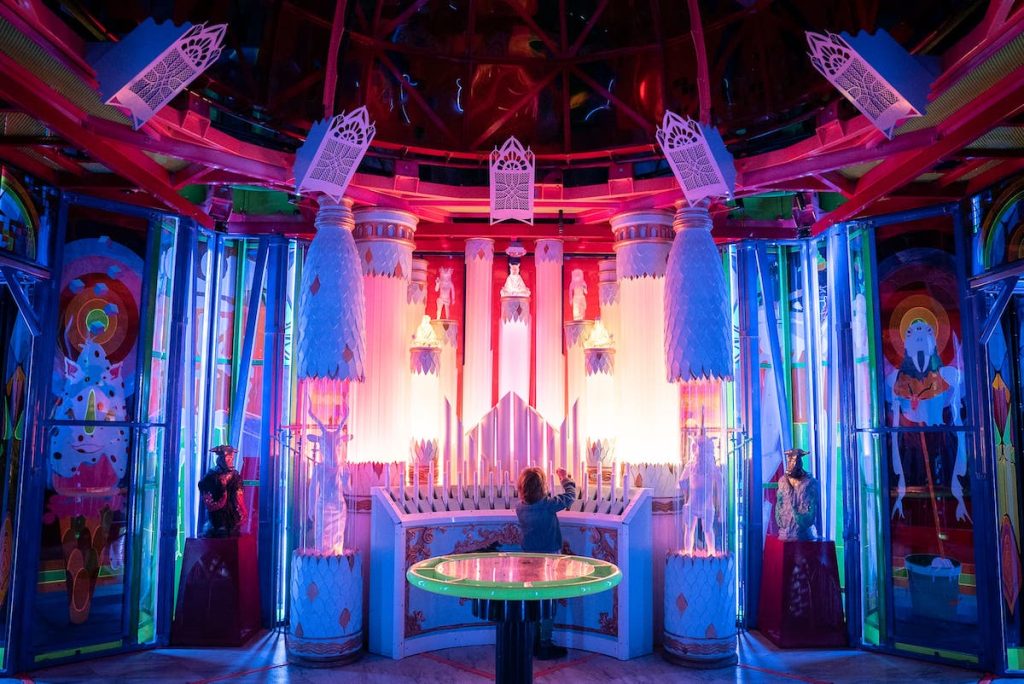
The term ‘immersive’ gets bandied about a lot these days in relation to experience, particularly when it comes to event marketing, and now market/consumer intelligence studio Habo has come up with a useful definition for the term following five years of research that looked into technology and participation within the diverse and difficult to pigeonhole location-based entertainment (LBE) sector. As reported by BlooLoop, Habo defines immersive experiences as a segment of LBE that take place in a dedicated location outside the home.
“They differ from conventional LBE in that they are highly engaging, allowing participants to immerse themselves in the content until they are fully absorbed by it. Ultimately, participants enter a flow state in which they lose track of time and self as their attention focuses entirely on the activity that is underway,” the firm said. Habo divides immersive experiences into eight categories according to levels of tech and interactivity: Immersive arcade games; immersive role-play and escape games; immersive family entertainment centres; immersive theatre and movies; immersive excursions; immersive outdoor walkthroughs; immersive exhibitions; and pop-up immersive experiences.
For more on the ongoing debate around “immersive-washing” and what the term really means, check out Campfire 20: The Immersive Firestarter With Noah Nelson, Stephanie Riggs And Maël Magat.
7. Multi-Sensory Tech Is On The Rise
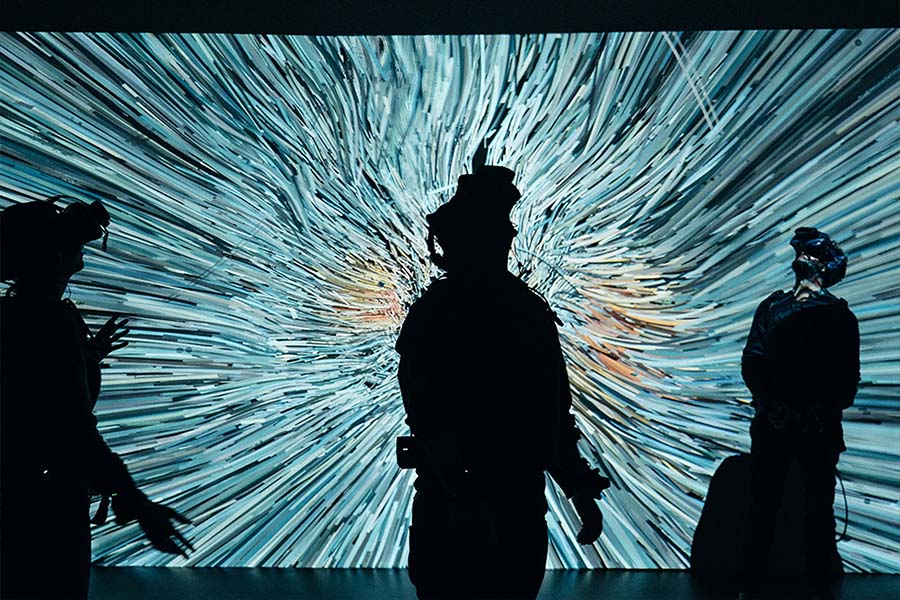
With consumers thirstier than ever for multisensory experiences, brands are responding with ever more innovative ways to connect with their fans on a deeper level and amplify immersion. As reported by Wunderman Thompspn, Xydrobe offers a physical portal to the world’s first virtual shopping universe. Aiming to immerse shoppers inside various brand worlds, the pioneering tech will see customers step inside a black, one-person experience pod that will transport them into the virtual world via visuals, scent, surround sound and temperature control for the full 360-degree luxury retail experience.
In a bid to bridge the gap between the virtual and physical world, Japanese telecoms firm NTT Docomo is developing sensation-sharing technology that allows users to send movements and tactile sensations digitally, and is looking to expand the tech to allow people to share tastes online. Fellow Japanese firm Aromajoin, meanwhile, has developed an Aroma Shooter, which can synchronise smells to video games and movies using ‘solid state’ cartridges, allowing users to instantly toggle between different scents. All of this is great, but there’s a sweet spot when it comes to sensory immersion – too much and you risk overwhelming the user, so we can expect to see immersion preferences being adjusted based on biomarker metrics tracked using AI.

